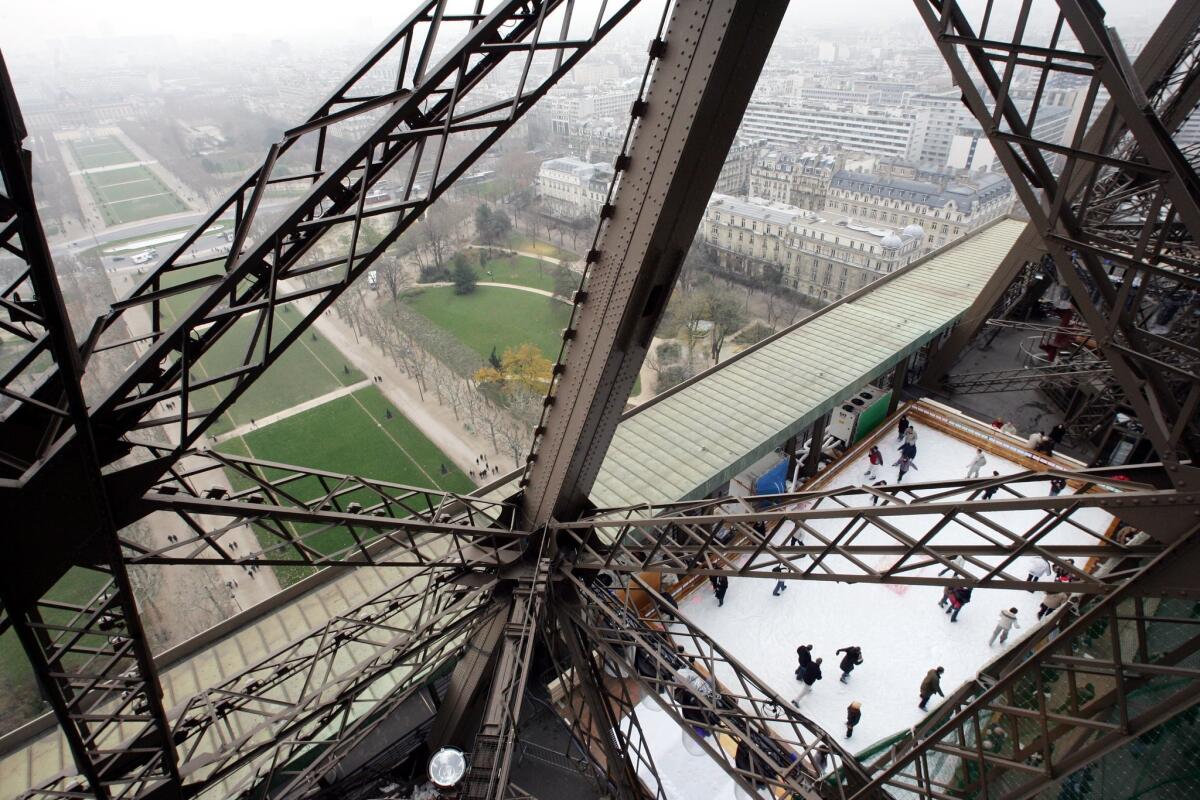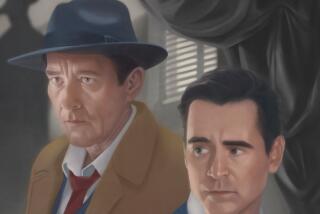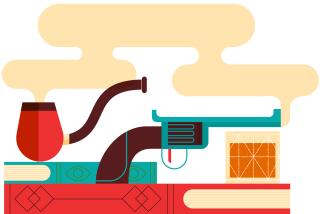Jean-Patrick Manchette’s ‘neo-polar’ noir

- Share via
Jean-Patrick Manchette’s “The Mad and the Bad” (released last week by NYRB Classics: 164 pp., $14.95 paper) starts with a murder: A British hit man named Thompson stabs a pederast in the heart. Thompson has a bad stomach – “The cramps had him almost doubled over,” Manchette tells us – until he kills, at which point “hunger gnawed at him in the most repellent way.”
Conscience? The need for redemption? Not in Manchette’s universe, where violence begins with what we do to ourselves. Nor should his victim’s predilection for children lull us into thinking Thompson has a sense of ethics; his next job, around which this novel is constructed, involves the kidnapping (with intent to kill) of a young boy.
And yet, for Manchette, this is only the beginning, or perhaps it’s more accurate to say that Thompson is just one participant in a drama in which everyone is corrupt. This is the point of the neo-polar, the type of crime novel Manchette pioneered, in which, fused with a larger social or political vision, hard-boiled fiction becomes “the great moral literature of our time.”
That’s a heavy weight for a caper novel to carry, but Manchette pulls it off. His writing is lean and relentless, a brutal evocation of a world in which conventional morality is just another lie we tell ourselves. The set-up is simple: A wealthy Parisian architect named Hartog hires a young woman, Julie, to serve as governess to his orphaned nephew. She, like all of Hartog’s staff, is damaged, fresh from an asylum; “The boss’s way of doing good,” another worker tells her, “is over the top.”
Hartog’s altruism, though, his sensibility, is far more complicated, as we know it must be. “To think how carefully he had planned his moves,” Manchette writes, “burdening himself month after month with cripples, nut jobs, and freaks until it seemed quite normal. … Such a beautiful scheme loused up by this incompetent, this underling, this wreck.”
The implication is that there is no such thing as generosity or commitment, that we are always in it for our own self-interest, that beneath (or even on) the surface, every interaction is tainted, stained. That’s as true of the so-called good guys as it is of the bad guys; in this novel, nobody walks away clean.
In that regard, “The Mad and the Bad” is reminiscent of the works of David Goodis; there is even an extended sequence in a rural farmhouse, not unlike the one in Goodis’ “Down There.” It doesn’t seem a stretch to imagine that Manchette, who died in 1995, might have known that book, which Francois Truffaut adapted, in 1960, into the film “Shoot the Piano Player.”
Still, if Goodis, too, eschews redemption, setting his novels in a world of existential degradation, Manchette has something more extensive on his mind. For him, as James Sallis writes in a vivid introduction, “the world is a giant marketplace in which gangs of thugs – be they leftist, reactionary, terrorist, police, or politicians – compete relentlessly.”
Sounds a lot like our world, which is part of the point, and the appeal. “The Mad and the Bad” is so dark it
redefines noir: bleak and pointed, yes, but also infused with an understanding that what passes between us is not only compromised but more often faithless, less a matter of commitment or connection than a kind of unrelenting animal need.
More to Read
Sign up for our Book Club newsletter
Get the latest news, events and more from the Los Angeles Times Book Club, and help us get L.A. reading and talking.
You may occasionally receive promotional content from the Los Angeles Times.







